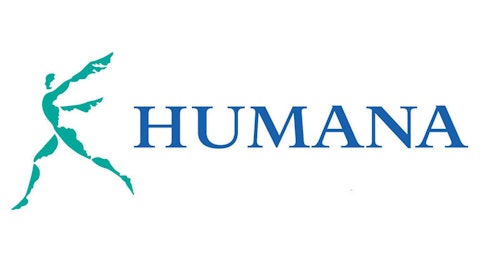Several renowned investors have pursued a strategy of investing in stocks with low price-earnings multiples; here’s a look at one mind-blowing market-beating strategy if you’re bored. Stocks with low P-E ratios could be mispriced relative to their peers and could represent companies with low implied growth. However, some low P/E stocks represent good value plays that are subject to near-term adversity, which is negatively affecting their profitability, without denting their long-term earnings growth prospects.
In the current market, there is a limited number of dividend-paying stocks that trade at low P-E ratios. Here is a closer look at four such stocks that make a good list of initial ideas for further research.
The Western Union
The Western Union Company (NYSE:WU), the world’s largest money transfer company, has been battling some major headwinds, as its revenues contracts this year and EPS falls by double digits amid price cuts in order to keep a competitive edge over smaller rivals. Given that this year is viewed as a transition year for the company, The Western Union Company (NYSE:WU)’s trailing and forward P/Es are 9.7x and 10.1x, respectively. In certain markets, the company has lost some market share to smaller competitors, such as Moneygram International Inc (NYSE:MGI), which are assessing lower fees for money transfers. The Western Union Company (NYSE:WU)’s competition has benefited from the losses of exclusive contracts that it had in place with certain financial institutions. The company is also entering into competition with new rivals, such as Google Inc (NASDAQ:GOOG), which recently announced it would allow its users (via Google Wallet) to send money electronically as an email attachment.
Still, The Western Union Company (NYSE:WU)’s focus on digital money transfers is appropriate, as the Internet is increasingly more utilized for active financial management. In the first quarter alone, money transfer transactions through the company’s Website surged 60% from the year earlier. Other electronic channels have also gained—for instance, account based money transfer transactions through banks jumped 45% year over year in the first quarter. On the other hand, the outlook for Consumer-to-Consumer transactions looks more optimistic, as the global macroeconomic environment improves and the U.S. housing construction activity gains traction providing a boost to migrant employment and transfers.
The latest World Bank’s “Migration and Development Brief” points out that “remittances to developing countries are expected to grow by an annual average of 8.8% for the next three years and are forecast to reach $515 billion in 2015.” This rate of remittance growth is quite robust and should translate into WU’s higher revenues and profits. Aside from being a value play, this stock is also an attractive income play. Its dividend is yielding 3.1% on a low payout ratio of 35%.
Sallie Mae
SLM Corp (NASDAQ:SLM), also known as Sallie Mae, the largest U.S. non-government student lender, is trading at trailing and forward earnings multiples of 9.6x and 9.5x, respectively, which is below the company’s average multiple of 12.2x over the past four years. The reason these valuations are low is partly due to concerns that the U.S. student debt outstanding, currently close to $1 trillion, is a bubble waiting to burst. Investor concerns have mounted as the percentage of student borrowers in repayment with loan delinquencies 90+ days has climbed from about 20.1% in 2004 to 31.1% in 2012, according to the Federal Reserve Bank of New York. The percent of the cumulative balance 90+ days delinquent has risen by 83% since Q1 2003 to over 11%. Now, however, some speculate that the risk of the credit bubble bursting has risen, as interest rates on subsidized Stafford loans are on the verge of doubling on July 1, 2013, unless there is a government action.






